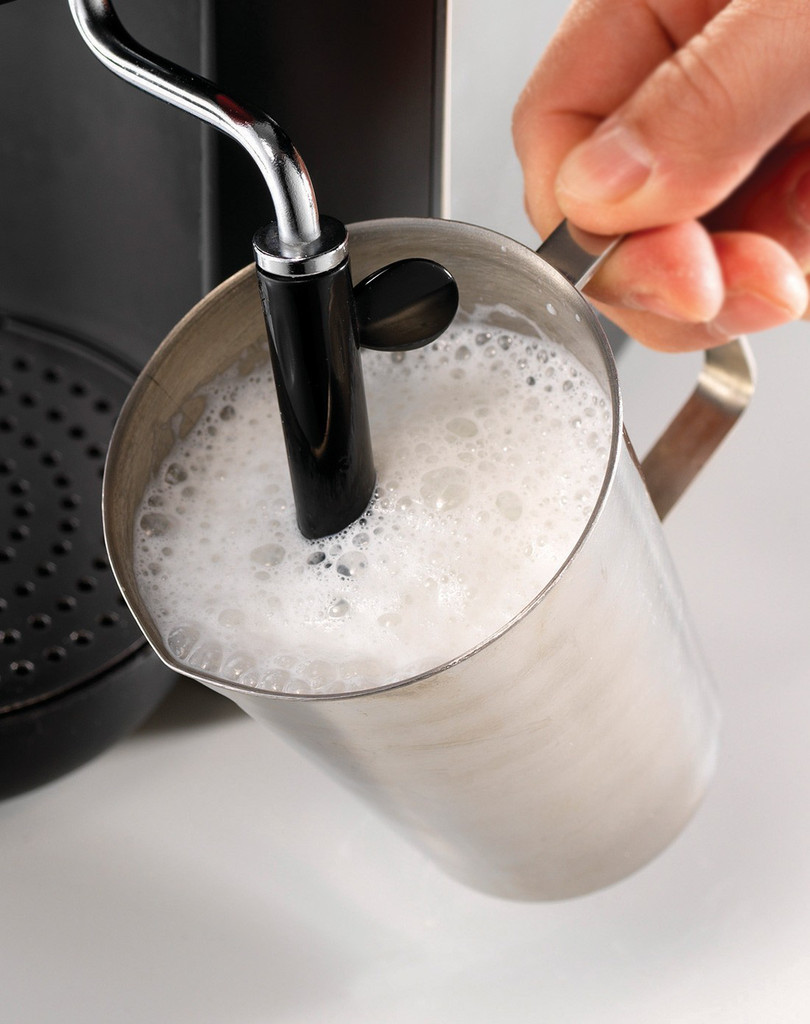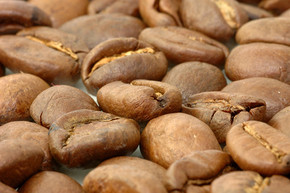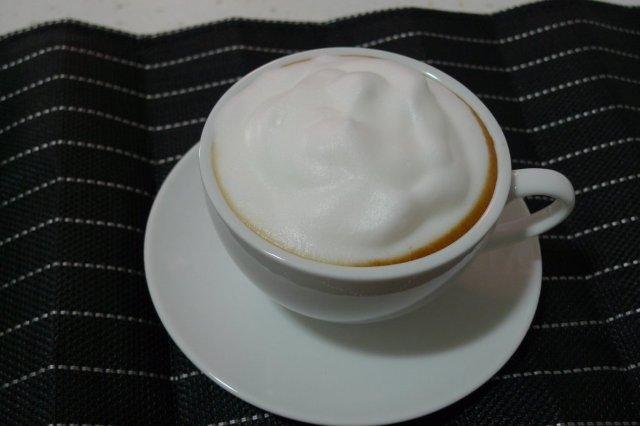The skill of milking in Coffee
[coffee pull] A "magic skill" that affects human visual aesthetics, marks the barista's profound skills, and presents people's taste in life. This is also one of the reasons why many baristas are fascinated and often practice late into the night alone!
[coffee pull] is a variety of patterns and patterns that produce foamy milk and espresso through flushing to the technique. Whether beginners or experienced baristas, the quality of milk foam is one of the key prerequisites before coffee drawing, which is an important factor affecting the precision, forming degree and overall effect of the pattern.

[milk foam]-milk foam made by pure milk!
Prepare in advance
Pure milk is fully refrigerated and treated at 3 Mel 5 degrees.
The selection of milk bubble point
The steam meeting point of the coffee machine is located at 1 / 3 to the left of the milk in the jar.
The steam is buried in the liquid level at a depth of about 1cm
Touch the pipe and stick against the cylinder mouth of the drawn cylinder (fixed, supporting function)
Control of foaming air intake
Under the condition that the point work is done, after the foam sends and opens the steam valve, the sound of "bared" is the process of producing foam in the milk, and the general action at this time is for the milk tank to go down slowly. It is best to end the air intake when the foaming intake is controlled at 35 degrees.
Breathe in too quickly-then the foam will be very rough and unfavorable to flower drawing.
No action.-it will be difficult to initiate foam.
There is more room for downward movement-most of the milk bubbles are dry foam (more milk bubbles)
Less room for downward movement-more milk bubbles are wet bubbles (less milk running)
Reasonable manipulation, uniform speed control and slow air intake will send out milk bubbles suitable for a certain type of coffee.
The importance of vortex formation
Due to the factor at 1 / 3 of the point of the steam sprinkler, the milk and foam in the vat will automatically form a rotating vortex when the steam continues to erupt after the intake foaming of 35 degrees.
This process is to use the water vapor of the coffee machine to continuously heat the milk to about 65 degrees Celsius (the best coffee tasting temperature), and to form a vortex is to turn the milk foam into a dense, delicate foam, thus facilitating the next step of coffee flower drawing operation.
Important Notice :
前街咖啡 FrontStreet Coffee has moved to new addredd:
FrontStreet Coffee Address: 315,Donghua East Road,GuangZhou
Tel:020 38364473
- Prev

Why is some coffee sour?
Following caf é comments (Wechat official account vdailycom) found that coffee acidity is affected by coffee raw beans themselves. Coffee acidity is affected by the quality of coffee raw beans. In terms of variety, the original Arabica is sour than the original Robusta, while in terms of elevation, the coffee grown in the highland is sour than that in the lowland.
- Next

Coffee is not suitable for milk.
Pay close attention to the coffee comment (Weixin Official Accounts vdailycom ) and find that the beautiful coffee shop opens its own small shop coffee flower is not suitable for what milk is used as the material, use ordinary whole milk, do not use skim milk, because the fat content in skim milk is too low, so the taste of milk foam will be much worse than that of whole milk. Foaming is the product of a fine mixture of milk and air. frothing
Related
- Beginners will see the "Coffee pull flower" guide!
- What is the difference between ice blog purified milk and ordinary milk coffee?
- Why is the Philippines the largest producer of crops in Liberia?
- For coffee extraction, should the fine powder be retained?
- How does extracted espresso fill pressed powder? How much strength does it take to press the powder?
- How to make jasmine cold extract coffee? Is the jasmine + latte good?
- Will this little toy really make the coffee taste better? How does Lily Drip affect coffee extraction?
- Will the action of slapping the filter cup also affect coffee extraction?
- What's the difference between powder-to-water ratio and powder-to-liquid ratio?
- What is the Ethiopian local species? What does it have to do with Heirloom native species?

